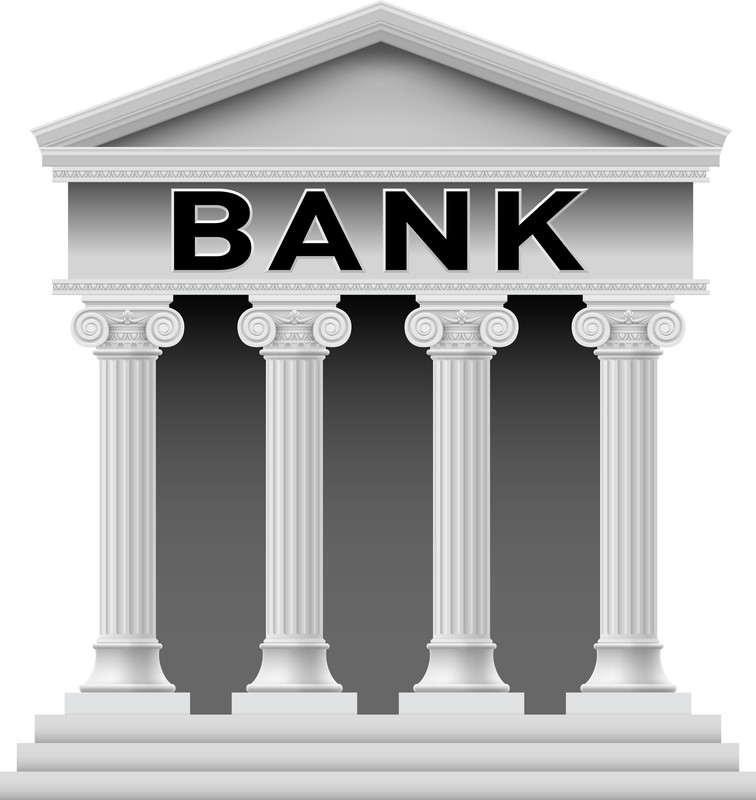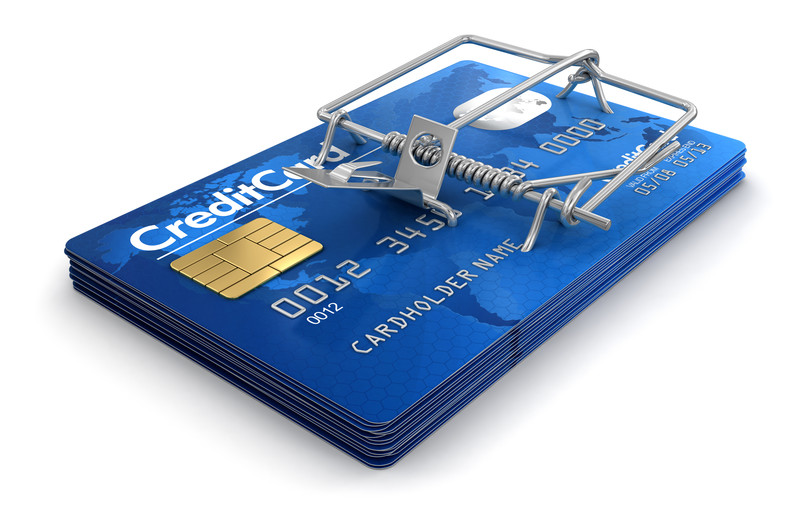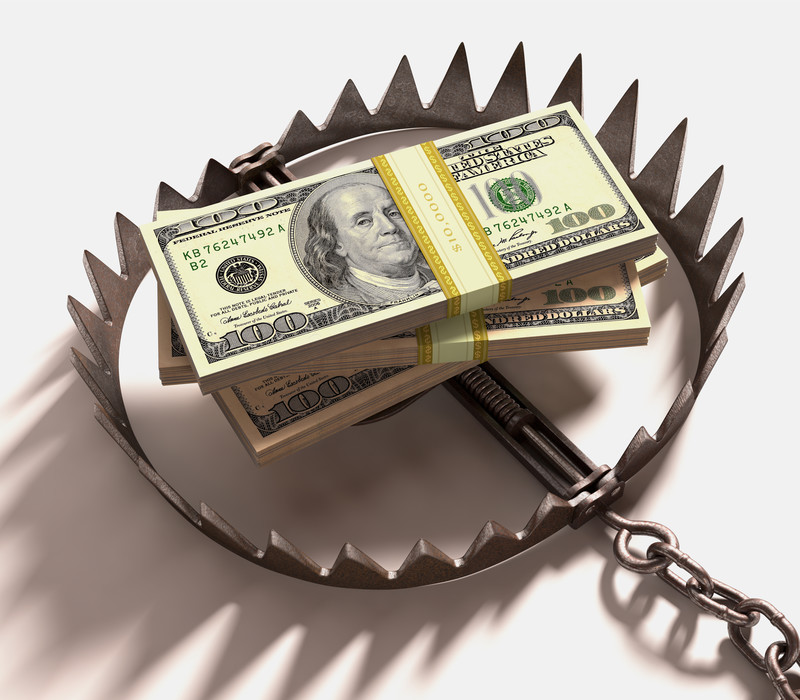Advice to Small Business Borrowers
There are many different sources for borrowed small business capital. But the terms can be very different and the net costs to the borrower can vary enormously. Be careful and be sure you understand how the products differ from traditional business lending.
Banks and Nonprofit Community Lenders Such as CEDF
Traditional business loans are made on what's called an amortized basis, such that the periodic interest payment is based on the outstanding balance. The amount of interest decreases and the amount paid to principal increases over the life of the loan. This customary approach is what most consumers are familiar with in home, auto and business term loans. Some lenders may charge additional nominal fees which slightly increase the total effective interest rate.
 Credit Cards
Credit Cards
Especially with a tempting low or zero initial interest rate, credit cards have inevitably become a widely-used financing means for new and established businesses. It is well-known that once the initial interest rates expire, the regular rate is much higher and commonly in double digits, depending on the credit worthiness of the cardholder. But missed payments can bring penalty rates and additional fees that mount quickly. Surprisingly, there are still even more expensive financing products described below.
Merchant Cash Advance and “Easy” Internet Short Term Loans
Somewhat new in the business finance marketplace, these financing options are very attractive to some borrowers because they have relatively few qualifications. Considerations such as credit scores, time in business and collateral may have very low thresholds or be totally absent. This should tell you something. If the risk profile of the borrowers is, by definition, much higher than what a Main Street banker would consider, the lenders must be offsetting their risk somehow. They have to charge more – a lot more. By changing the terminology and the arithmetic, the borrower can be made to think they are getting an affordable deal, only to wake up to find that they are, paying extremely high effective interest rates – often high double or even triple digits.
Often, these lenders label their charge as a “factor rate” which is not the same as an interest rate. And since the factor rate is typically a low number, it becomes deceiving. In addition, fees, terms of repayment and the length of the loan can have tremendous impact on an effective interest rate calculation. It is beyond the scope of this page to explain every possible method, offer and calculation. But at least we can offer this sincere advice to those who are tempted by merchant cash advance and “easy” internet business lending.
- Understand the total cost of your financing.
- Understand the “cents on the dollar” cost paid per dollar borrowed.
- Understand how much money you will have to pay per period (day, week or month).
- Understand the terms as they relate to early pay off.
- Be sure you can afford what you are undertaking.
More Information
CEDF believes it has an obligation to educate Connecticut small business owners about the differences in these kinds of loans because we receive frequent inquiries from distressed business owners who have misunderstood or come to regret their use of expensive lending options. A chart illustrating examples of astoundingly high effective interest rates are provided in a research paper by the Woodstock Institute, a nonprofit policy organization focused on fair lending.
An informative video on this subject appeared in the Wall Street Journal in March 2018.
http://www.wsj.com/video/small-businesses-in-america-costly-credit-and-growth-challenges/2F78A768-A31C-4CF3-B6E4-4C67B0AD7DF9.html
 Community Economic Development Fund
Community Economic Development Fund